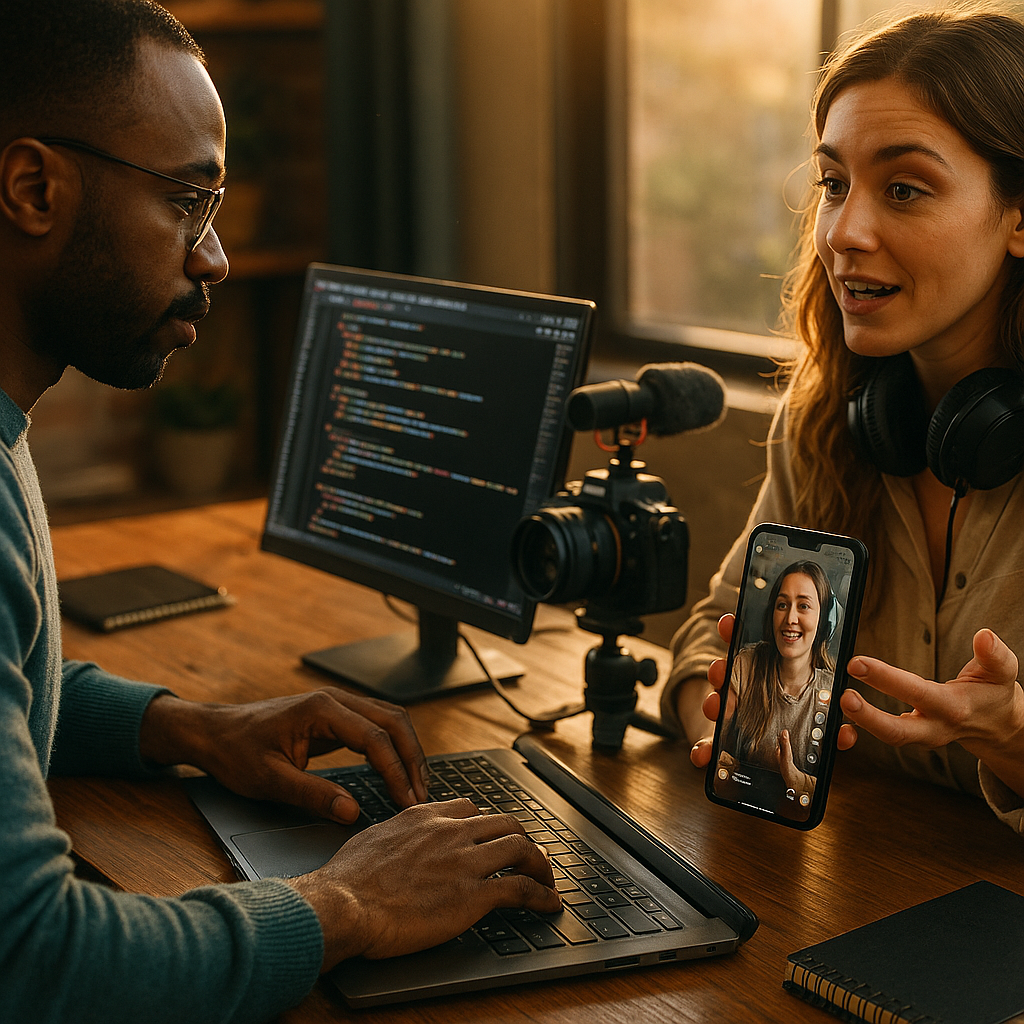Launching a developer API in today’s B2B software landscape demands more than just a solid product; strategic marketing is essential. This case study explores how a B2B software company leveraged influencers to introduce their developer API, transforming their go-to-market approach and achieving impactful results. Read on to discover how influencer partnerships accelerated API adoption among developers.
The Rise of Influencer Marketing in B2B Software
Influencer marketing, long popular in consumer spaces, is rapidly gaining traction in the B2B software industry. According to a 2025 Finite Research report, over 65% of technology buyers say expert recommendations impact their software purchasing decisions. By collaborating with respected industry voices, software firms build trust, demonstrate expertise, and reach niche developer audiences. The primary driver for this shift is the increasing skepticism around traditional ads and the premium developers place on peer recommendations.
Understanding the Developer Audience: Behaviors and Preferences
Before launching the developer API, the B2B software company needed deep insight into its target users. Developers value technical credibility, authentic engagement, and hands-on demonstrations. Market research revealed that developers frequent online hubs like GitHub, Twitter, Stack Overflow, and specialized forums. They are most influenced by real-world use cases, clear documentation, and feedback from peers and thought leaders. Recognizing these preferences was crucial for crafting their influencer-led launch strategy.
Selecting and Vetting Influencers for Developer API Launch
The company prioritized quality and alignment over sheer follower counts when selecting influencers. Their criteria included:
- Technical credibility: Influencers with active open-source contributions and respected blogs or YouTube channels.
- Authentic advocacy: Past history of unbiased product reviews and practical experience in the software’s vertical.
- Engagement patterns: High interaction rates with followers and ongoing community involvement.
To ensure transparency, each influencer partnership included clear disclosure guidelines and direct access to the API for authentic trial and review.
Executing the Influencer Strategy for the API Rollout
Once the right influencers were identified, the company structured a phased rollout. The campaign included several key elements:
- Early Access Program: Developers within the influencers’ networks were granted pre-launch API access, fostering exclusive insights and preliminary feedback.
- Live Coding Sessions: Influencers streamed real-time API tutorials on platforms like Twitch and YouTube, demonstrating setup, integration, and troubleshooting common issues.
- Blog Series: Influencers published step-by-step guides, showcasing integration in diverse tech stacks and real-life use cases relevant to different business needs.
- Community Engagement: Q&A sessions and Twitter AMAs provided direct interaction between developers, influencers, and the company’s engineering team.
Each influencer maintained creative control, which preserved their credibility with their audience.
Measuring Results: Adoption and Brand Perception
The results of the influencer-driven API launch were quantifiable and significant. Within three months, the API documentation site experienced a 400% increase in unique visitors. Sign-ups for the API’s free tier doubled compared to their last product launch which relied solely on internal marketing.
Qualitative feedback demonstrated improved brand perception as well. Developers highlighted influencer tutorials as critical to understanding the API’s value. Additionally, sentiment analysis across forums and social media showed a notable shift toward positive perception of the company and its developer-centric culture.
Lessons Learned: Best Practices for B2B API Influencer Campaigns
Several key lessons emerged from this launch:
- Start with education: Developers seek technical depth, not sales pitches. Content must focus on real problem-solving.
- Prioritize authenticity: Influencers need freedom to share their honest opinions, including areas for product improvement.
- Nurture relationships: Long-term partnerships yield better results than one-off campaigns, especially among expert communities.
- Monitor and adapt: Regularly track key metrics and user feedback, iterating on outreach methods as needed.
By listening to the developer community and continuously investing in relationships with trusted voices, the company established a strong foundation for ongoing API adoption and innovation.
FAQs About Using Influencers to Launch a Developer API
- How is B2B influencer marketing different from B2C for developer APIs?
B2B influencer marketing focuses on credibility, technical depth, and expertise, rather than entertainment or lifestyle. Developers follow influencers for educational value and honest reviews, not just their popularity.
- What are the best channels to reach developer audiences with influencers?
Top channels include GitHub, YouTube, Twitter/X, Reddit, Stack Overflow, and specialized developer blogs. Each platform supports technical content and facilitates interaction with niche audiences.
- How do you measure the ROI of influencer campaigns for APIs?
Key performance indicators include unique site visits, API sign-ups, user engagement metrics, social sentiment analysis, and quality of developer feedback received post-launch.
- Can small B2B software firms afford influencer campaigns?
Yes. Many micro-influencers in developer communities offer cost-effective, high-impact partnerships. Even limited campaigns, if well-targeted, can produce strong results for API adoption and visibility.
- What pitfalls should B2B companies avoid when working with influencers?
Avoid prioritizing follower counts over relevance, pushing scripted content, or neglecting ongoing relationship building. Authenticity, transparency, and technical alignment are critical to developer trust.
In summary, leveraging influencers for a developer API launch enables B2B software companies to reach technically-savvy audiences with credibility. Companies that prioritize authentic education, measured partnerships, and community engagement position their APIs for market success and long-term developer trust.
